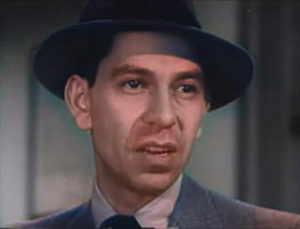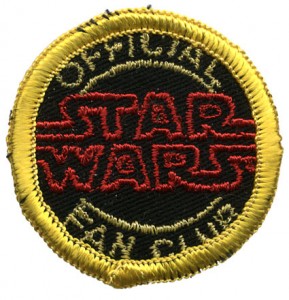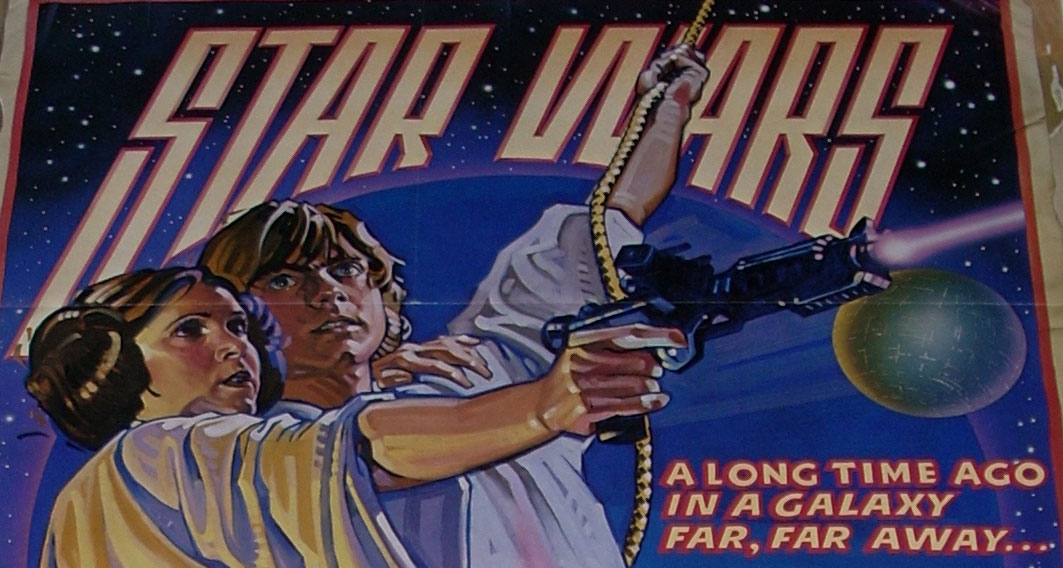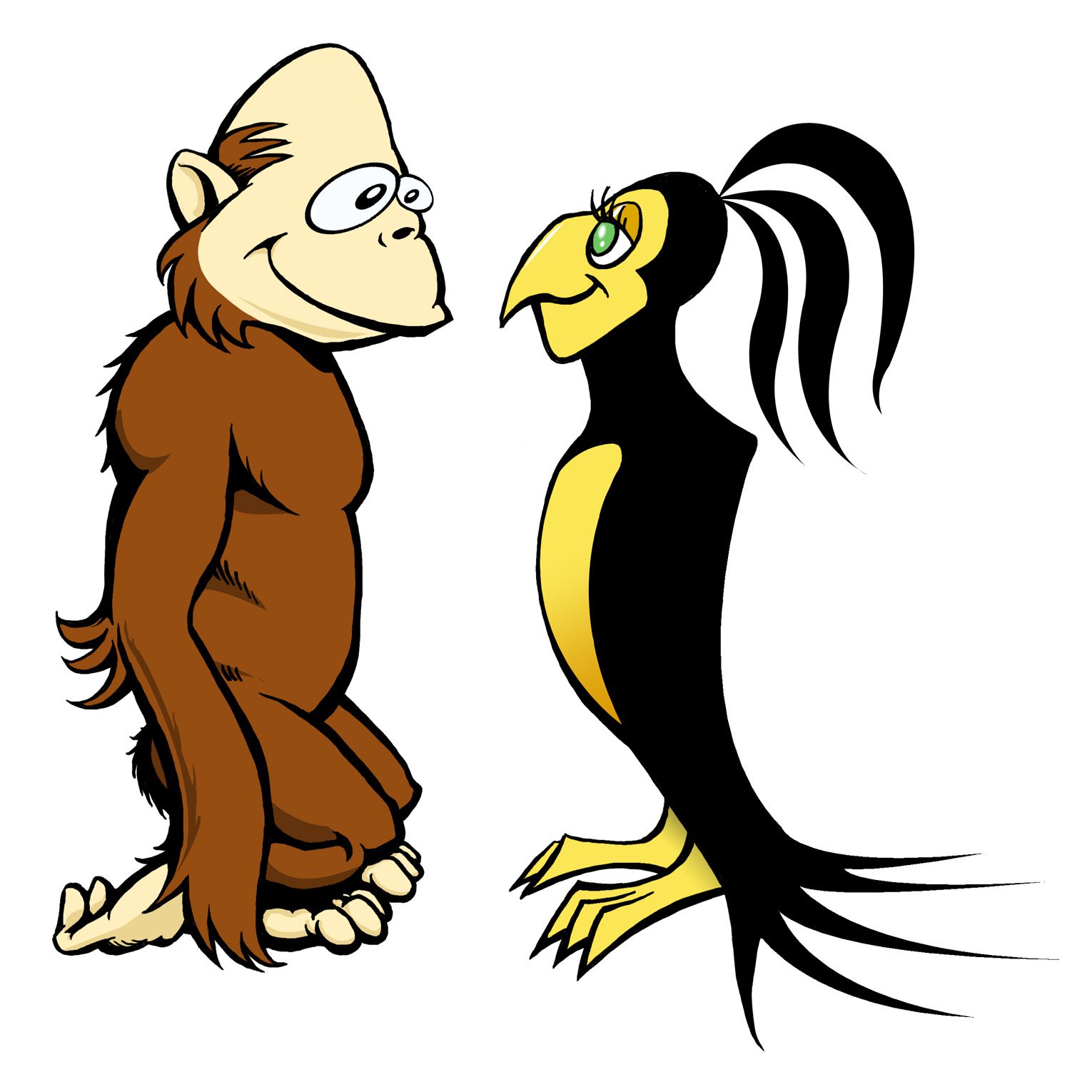 This is a follow-up to my article regarding my declining ardor for streaming services. What I adored in it’s infancy has grown into a fairly ugly and bratty child. I don’t hold out a lot of hope for streaming entertainment’s adolescence which will be fairly awkward, and I fear that it will mature into the poison for which it was the antidote — cable television.
This is a follow-up to my article regarding my declining ardor for streaming services. What I adored in it’s infancy has grown into a fairly ugly and bratty child. I don’t hold out a lot of hope for streaming entertainment’s adolescence which will be fairly awkward, and I fear that it will mature into the poison for which it was the antidote — cable television.
 Back in the 1980s when people across the United States were tearing broadcast antennas from their roofs in favor of the clear reception and the cornucopia of content promised by cable television, one of the bigger controversies was the digital colorization of films originally shot in black in white. The color versions were meant to fill out 24 hour time slots the emerging cable channels were offering and to appeal to younger viewers who did not care for monochromatic entertainment. The people who invested in the process could claim a new copyright for the colorized version of a film and create new revenue streams from what was thought of as stale merchandise. This is NOT the moldy old black and white entertainment you’re used to — this is NEW, improved and IN C O L O R version! The results of the process were never completely convincing, looking like lackluster watercolor washes over black and white photos. It was less than impressive and probably would have crapped out on it’s own if left alone, but Hollywood types were horrified. They acted as if hordes of barbarians were laying waste to cities and toppling statues. Hearings were convened before congress as if this was a genuine threat to artistic expression itself. I remember watching producers and directors read statements before politicians with nothing better to do on C-Span. Nothing really came of this whole dog-and-pony show except promises never to mess with Citizen Kane and a general consensus that film was art and that this art should be preserved.
Back in the 1980s when people across the United States were tearing broadcast antennas from their roofs in favor of the clear reception and the cornucopia of content promised by cable television, one of the bigger controversies was the digital colorization of films originally shot in black in white. The color versions were meant to fill out 24 hour time slots the emerging cable channels were offering and to appeal to younger viewers who did not care for monochromatic entertainment. The people who invested in the process could claim a new copyright for the colorized version of a film and create new revenue streams from what was thought of as stale merchandise. This is NOT the moldy old black and white entertainment you’re used to — this is NEW, improved and IN C O L O R version! The results of the process were never completely convincing, looking like lackluster watercolor washes over black and white photos. It was less than impressive and probably would have crapped out on it’s own if left alone, but Hollywood types were horrified. They acted as if hordes of barbarians were laying waste to cities and toppling statues. Hearings were convened before congress as if this was a genuine threat to artistic expression itself. I remember watching producers and directors read statements before politicians with nothing better to do on C-Span. Nothing really came of this whole dog-and-pony show except promises never to mess with Citizen Kane and a general consensus that film was art and that this art should be preserved.
Don’t mess with the art. OK? Got it?
 Then in the late 1990s George Lucas decided to fiddle with the beloved trio of fantasy films he made 20 years earlier and re-release them theatrically. It was a gambit that paid off nicely as the curious and nostalgia hungry audiences crowded cineplexes to see the NEW, IMPROVED versions of these classics. 20 year old movies topped the box office once more! Lucas made a lot of money in addition to the bales of money the series had already made and reignited interest in the more important merchandising line. It gave old George the gumption to launch the prequel series of Star Wars movies and the potential for another merchandising bonanza. Sadly, it also normalized meddling or tampering with an existing work. It can be argued that it was his work, and he could do whatever he wanted with it, but as an artist you have to know when to leave well enough alone and move on to the next thing. He would not move on and continued meddling and adulterating his originals until they were only vaguely like the original theatrical releases. The really galling part is that Lucas claims that these adulterated versions of his beloved classics are now the definitive versions of the films superseding all that came before. Forgetting that film is a collaborative effort filled with happy accidents, he has proclaimed that this is always what he meant to do and this is the EXACT version he envisioned in a fevered dream some time in 1975! The emergence of digital technology gave him the opportunity to do what he always said he wanted to do. Okay, yeah, sure, fine, but if you want to see the original version of Star Wars as it appeared in the Spring of 1977, you’re out of luck. Tough darts. There were weak DVD releases of the original theatrical versions a while back, but they never returned to make a proper, higher definition or Blu-Ray versions. Lucas and now the new copyright holders act as if it’s all water under the bridge and nobody is really interested in the original versions which is utter hogwash. This never happened to the movies and TV shows that underwent the despised colorization process. The originals were never disappeared in favor of new color versions.
Then in the late 1990s George Lucas decided to fiddle with the beloved trio of fantasy films he made 20 years earlier and re-release them theatrically. It was a gambit that paid off nicely as the curious and nostalgia hungry audiences crowded cineplexes to see the NEW, IMPROVED versions of these classics. 20 year old movies topped the box office once more! Lucas made a lot of money in addition to the bales of money the series had already made and reignited interest in the more important merchandising line. It gave old George the gumption to launch the prequel series of Star Wars movies and the potential for another merchandising bonanza. Sadly, it also normalized meddling or tampering with an existing work. It can be argued that it was his work, and he could do whatever he wanted with it, but as an artist you have to know when to leave well enough alone and move on to the next thing. He would not move on and continued meddling and adulterating his originals until they were only vaguely like the original theatrical releases. The really galling part is that Lucas claims that these adulterated versions of his beloved classics are now the definitive versions of the films superseding all that came before. Forgetting that film is a collaborative effort filled with happy accidents, he has proclaimed that this is always what he meant to do and this is the EXACT version he envisioned in a fevered dream some time in 1975! The emergence of digital technology gave him the opportunity to do what he always said he wanted to do. Okay, yeah, sure, fine, but if you want to see the original version of Star Wars as it appeared in the Spring of 1977, you’re out of luck. Tough darts. There were weak DVD releases of the original theatrical versions a while back, but they never returned to make a proper, higher definition or Blu-Ray versions. Lucas and now the new copyright holders act as if it’s all water under the bridge and nobody is really interested in the original versions which is utter hogwash. This never happened to the movies and TV shows that underwent the despised colorization process. The originals were never disappeared in favor of new color versions.

So it’s take the new versions or leave them! I choose to leave them. I would certainly buy Blu-Ray copies of the first trilogy of films, but I and many others are denied. I don’t know why. These bowdlerized and bastardized versions available now are in no way superior to the original cuts of the film no matter how many digitized creatures are thrown in. The people in charge of these properties seem to understand and care a whole lot less than I did as a kid in the 1970s when I first saw Star Wars and thought it was a religious experience.
 Now streaming is here and the big companies are all buying up content and trying their hand at what Netflix had done so successfully. Disney wants to be top of the heap having bought up Marvel, Star Wars and a slew of other licensed properties to exploit. Are they creating anything new? No. They buy up a franchise as if it’s a turnkey business opportunity and imagine the money will just roll in. Sadly, none of the custodians of the newly acquired franchises are as bright as the people who started them, but they seem unaware of that fact. I won’t weigh in on what the Disney corporation has done with the Star Wars franchise with the recent sequel series, but I will say that Disney thinks just because Lucas meddled with his original movies which they now own, they have free reign to butcher anything in their inventory. They have been altering movies and shows in order to keep them in line with modern, ever-changing (hyper) sensitivities. It belongs to them and so what if artists and technicians sweated blood trying to transfer dreams to celluloid? It’s product and they are perfectly fine watering it down like crooked bartenders at a speakeasy during prohibition. Watered down, edited for content or formatted to fit your screen are things I expect from free broadcast channels, but I am not going to pay for a premium channel that thinks it’s all right to disregard the work as it was intended.
Now streaming is here and the big companies are all buying up content and trying their hand at what Netflix had done so successfully. Disney wants to be top of the heap having bought up Marvel, Star Wars and a slew of other licensed properties to exploit. Are they creating anything new? No. They buy up a franchise as if it’s a turnkey business opportunity and imagine the money will just roll in. Sadly, none of the custodians of the newly acquired franchises are as bright as the people who started them, but they seem unaware of that fact. I won’t weigh in on what the Disney corporation has done with the Star Wars franchise with the recent sequel series, but I will say that Disney thinks just because Lucas meddled with his original movies which they now own, they have free reign to butcher anything in their inventory. They have been altering movies and shows in order to keep them in line with modern, ever-changing (hyper) sensitivities. It belongs to them and so what if artists and technicians sweated blood trying to transfer dreams to celluloid? It’s product and they are perfectly fine watering it down like crooked bartenders at a speakeasy during prohibition. Watered down, edited for content or formatted to fit your screen are things I expect from free broadcast channels, but I am not going to pay for a premium channel that thinks it’s all right to disregard the work as it was intended.
 The streaming platforms have started to develop their own content just as HBO has been doing for years. I understand the strategy and the appeal. I have enjoyed long form television series when they pay off, but with the exception of two or three shows I can think of off the bat, TV series produced to air on cable channels or streaming services ultimately disappoint. Even Twin Peaks which has a legendary reputation as being the ultimate expression of what television could be ran out of gas badly. It became like a beautiful car broken down on the shoulder of the road of TV history. After what may be a picture perfect liftoff, desperation descends on the boiler room of writers tasked to craft a show. Once they’ve painted themselves into a corner or simply run out of ideas, writers retreat to hackneyed tropes or go deliberately weird for the sake of being weird. It usually doesn’t end well as viewer fatigue sets in by about the third season. That’s when the realization comes that the destination is not worth the trip.
The streaming platforms have started to develop their own content just as HBO has been doing for years. I understand the strategy and the appeal. I have enjoyed long form television series when they pay off, but with the exception of two or three shows I can think of off the bat, TV series produced to air on cable channels or streaming services ultimately disappoint. Even Twin Peaks which has a legendary reputation as being the ultimate expression of what television could be ran out of gas badly. It became like a beautiful car broken down on the shoulder of the road of TV history. After what may be a picture perfect liftoff, desperation descends on the boiler room of writers tasked to craft a show. Once they’ve painted themselves into a corner or simply run out of ideas, writers retreat to hackneyed tropes or go deliberately weird for the sake of being weird. It usually doesn’t end well as viewer fatigue sets in by about the third season. That’s when the realization comes that the destination is not worth the trip.
Another big problem with any original program that these platforms may produce is that if they have so little respect for the movies and series in their libraries that they will distort, delete or possibly destroy them, how can they ever be trusted with something new? If you have no respect for classics, how could I respect what you produce? Why should I trust them with my time when they don’t love movies as much as I do? It’s a waste of time. I have heard good things about Disney’s Star Wars spinoff series, but it almost sounds as if it may be good by accident. Even if I chased down the first season and loved it, I know that it won’t last. The creative team will be kicked to the curb because of money or creative differences or reasons that only make sense to the craven creeps that toil within the bowels of the corporation.
If they are going to butcher movies for people who will never actually be pleased, I’m not giving them money. If they are going to destroy the past in order to please the ever changing sensibilities of the present, I don’t care to pay for their future. If they find films in their vaults that put their studios on the map to be mere property to be defaced or disposed of all together, then I have no faith in the new content that is being made to fill out their streaming platforms. How many commissars will the scripts have to travel through in order to be deemed safe for modern audiences? How long will it take for what is currently considered safe to become problematic? How can anything genuinely entertaining survive a gauntlet of sensitivity readers made up of the professionally aggrieved? Ultimately, everything that exists has the potential of offending someone out there so how are we to proceed? Are we going to allow human beings the agency of engaging in a written, spoken or televised work knowing that they can choose not to engage with the flick of a button or rely on somebody else’s taste? Do we have choice or must we check in with our corporate babysitters?




